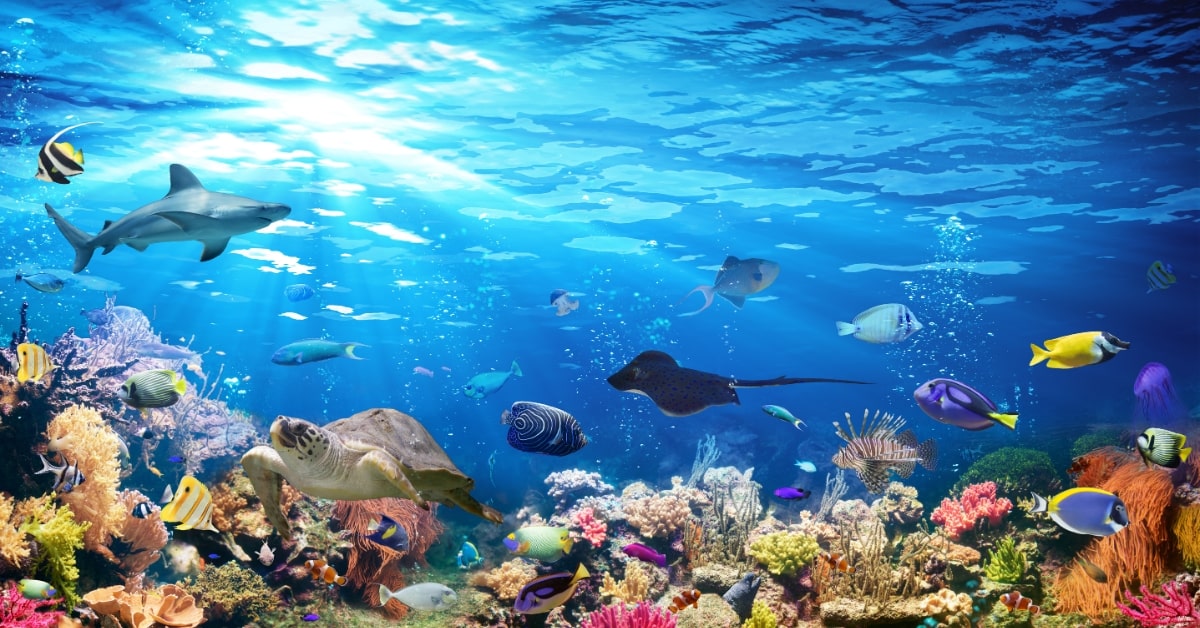Exploring the mesmerizing underwater world is a thrilling experience, but capturing its true beauty on camera can be a challenge. One of the key aspects of underwater photography and videography is color correction. In this comprehensive guide, we will delve into the nuances of underwater color correction, providing insights, tips, and techniques to help you bring out the vivid and natural colors hidden beneath the surface.
Understanding Underwater Color Distortion
Water has a unique way of absorbing and scattering light, leading to color distortion in underwater images and videos. The loss of red and orange wavelengths is particularly pronounced, resulting in a predominantly blue or green cast. To counter this, underwater color correction becomes essential.
The Role of Filters
Filters are indispensable tools in underwater color correction. Red filters are commonly used to reintroduce warm tones, compensating for the loss of red light in the water. Depending on the depth and conditions, different filters may be required to achieve optimal results. Experimenting with filters is crucial to finding the right balance for your specific underwater environment.
White Balance Adjustment
Adjusting the white balance settings on your camera is another crucial step in underwater color correction. This helps in neutralizing color casts and restoring the true colors of the underwater scene. Many modern underwater cameras offer custom white balance settings, allowing you to fine-tune the color reproduction based on the water conditions.
Post-Processing Techniques
In addition to on-the-spot corrections, photo editing tools can further enhance underwater images. Utilizing software like Adobe Lightroom or Capture One enables you to fine-tune color balance, saturation, and contrast, bringing out the richness of the underwater world. However, it’s important to strike a balance and avoid over-editing, which can result in unnatural-looking images.
Top Tips for Underwater Color Correction
- Know Your Environment: Different underwater environments require different color correction approaches. Understanding the water conditions and depth is crucial for selecting the right filters and settings.
- Experiment with Filters: Invest time in experimenting with various filters to determine the most effective ones for your specific needs. Consider factors like water clarity, depth, and available light.
- Master White Balance: Learn to use the white balance settings on your camera effectively. Custom white balance adjustments can significantly improve color accuracy in your underwater shots.
- Use Artificial Lighting: In low-light conditions, consider using underwater lighting equipment to supplement natural light. This helps in achieving better color rendition.
Conclusion
Underwater color correction is a skill that can significantly enhance the quality of your underwater images and videos. By understanding the principles of color distortion, utilizing filters, mastering white balance adjustments, and employing post-processing techniques judiciously, you can capture the vibrant and diverse underwater world with stunning accuracy. Dive in, explore, and let your creativity flow as you master the art of underwater color correction.
Frequently Asked Questions (FAQs)
Do I need special equipment for underwater color correction?
While not mandatory, using color correction filters and adjusting white balance settings on your camera is essential for achieving accurate colors underwater.
Can I rely solely on post-processing for color correction?
Post-processing can enhance underwater images, but it’s recommended to use a combination of on-site techniques and post-processing for the best results.
Are there universal settings for underwater color correction?
No, settings vary based on the underwater environment, depth, and available light. It’s essential to experiment and adjust settings according to specific conditions.
How do I avoid over-editing in post-processing?
Start with subtle adjustments and avoid extreme changes. Regularly refer to the original image to maintain a natural and realistic appearance.
This page was last edited on 27 February 2024, at 10:18 am
